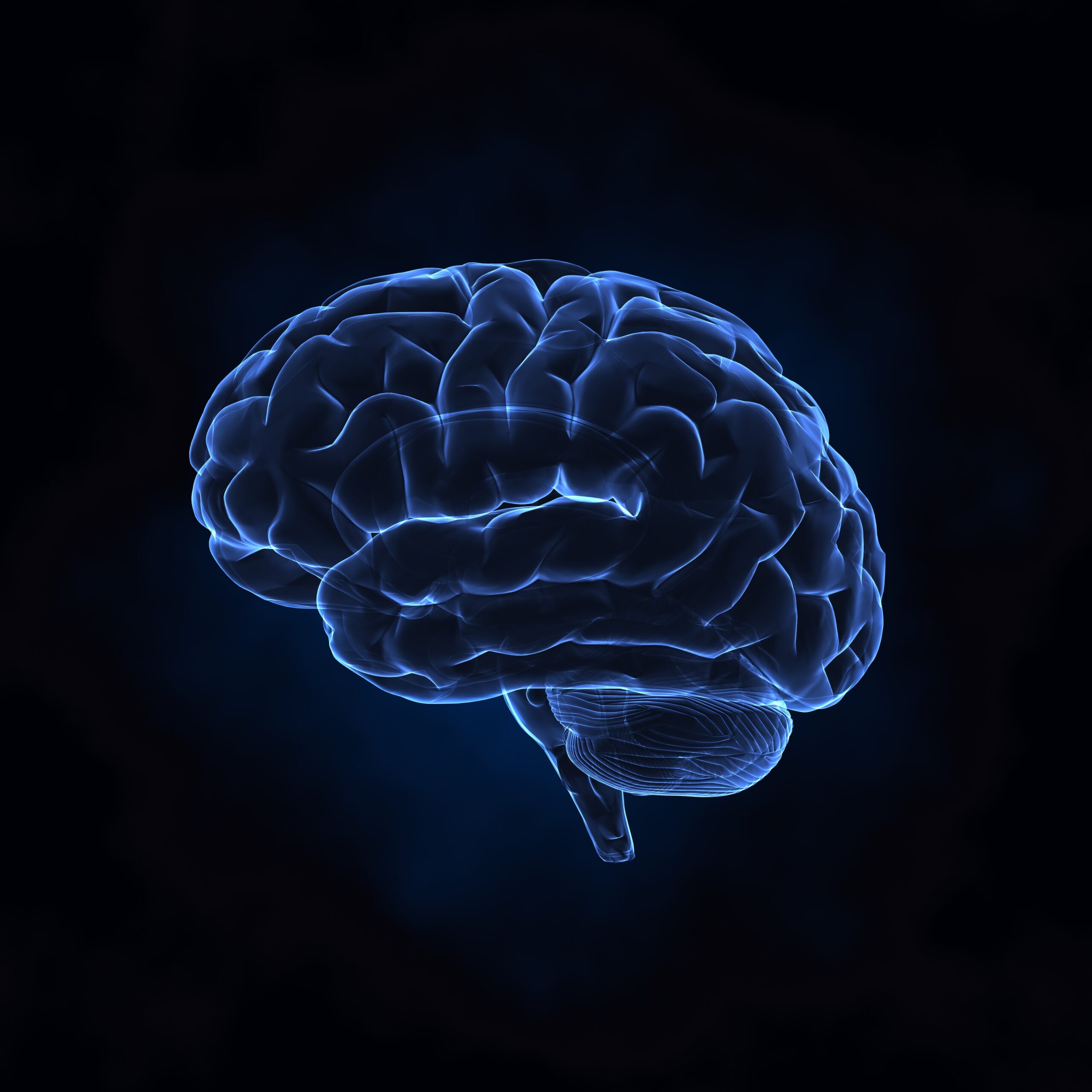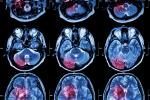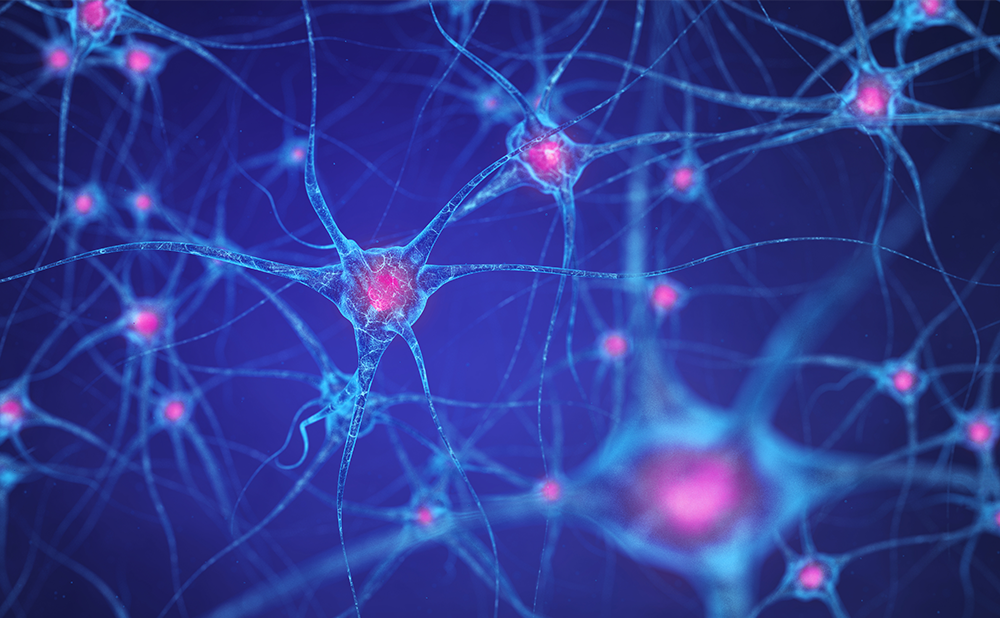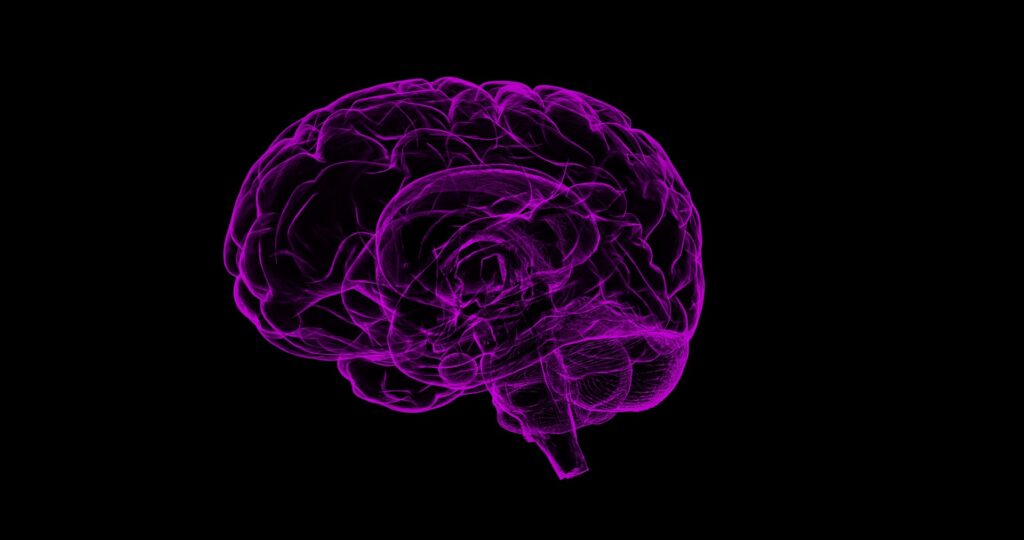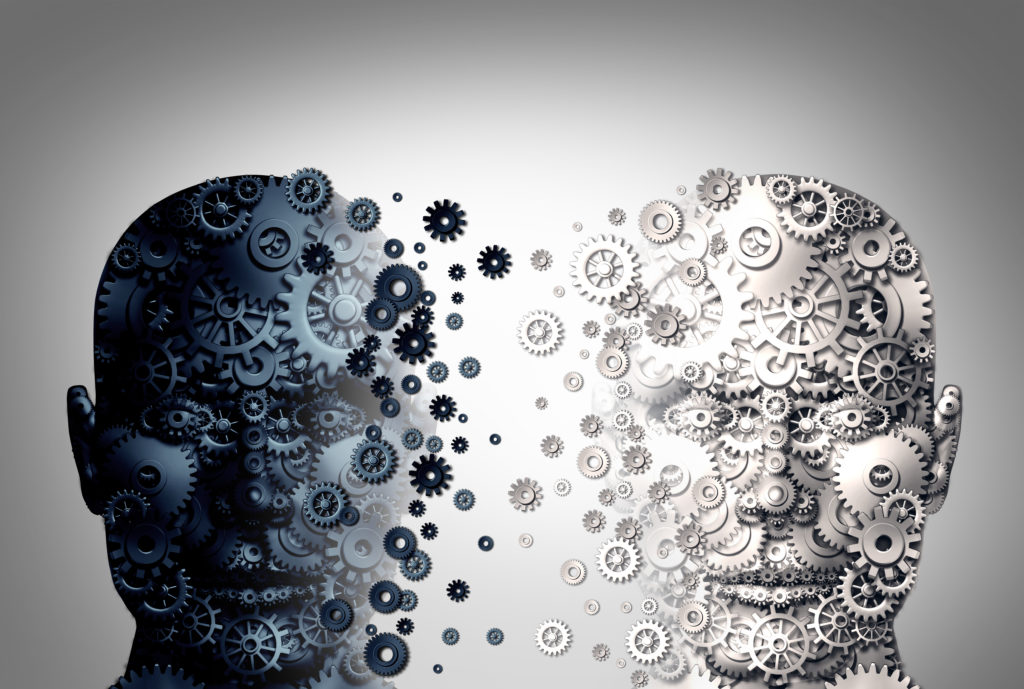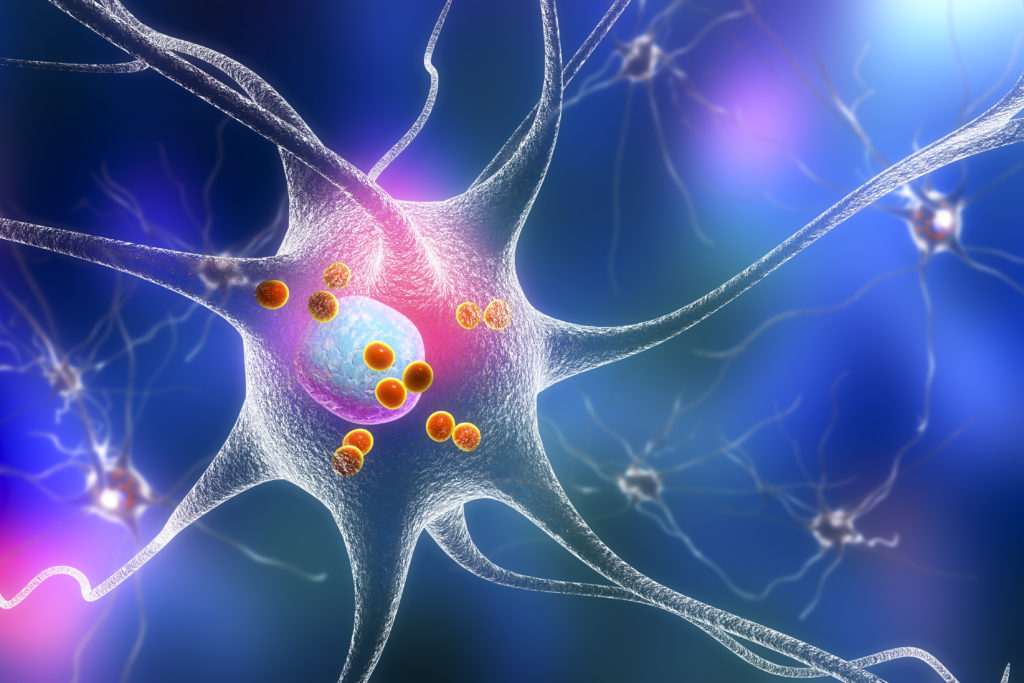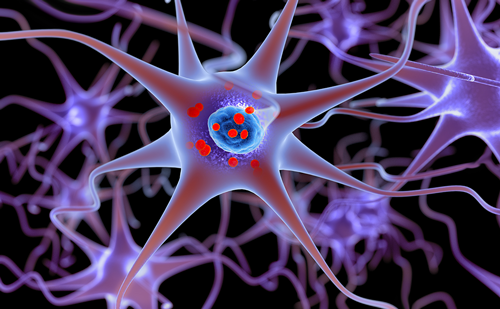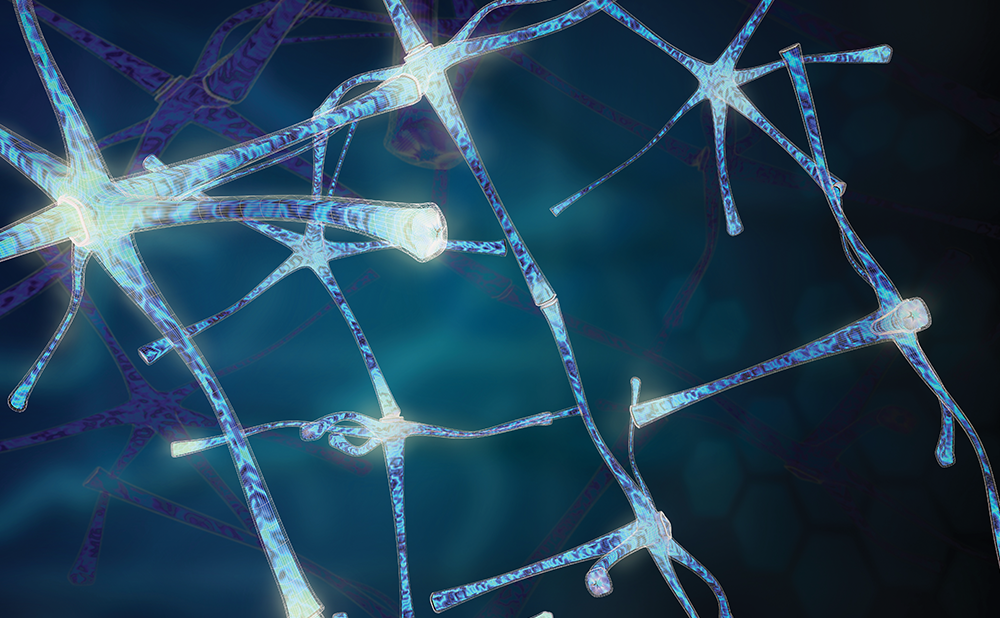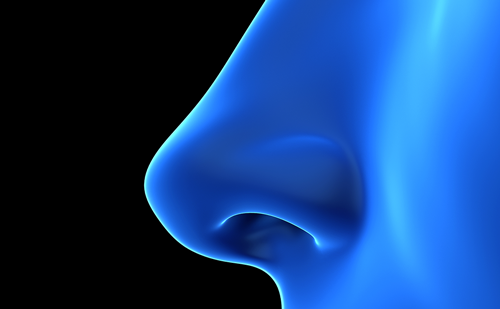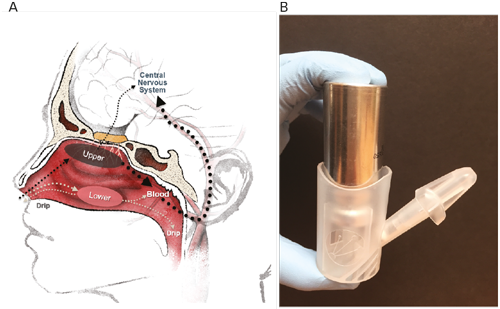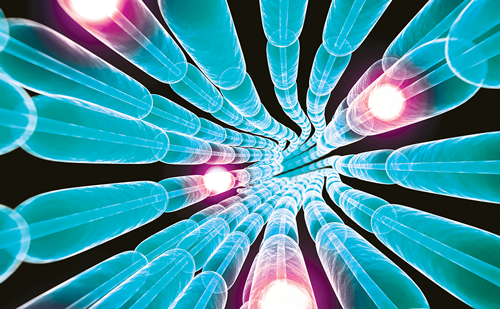Parkinson’s disease (PD) is a clinical syndrome consisting of a variable combination of the four cardinal features of resting tremor, rigidity, bradykinesia and postural instability.1 Akinesia, defined as inability to initiate movement (e.g. gait ignition failure) or sustain movement (e.g. sudden freezes), is considered by some to be the fifth cardinal feature of PD.2 Most motor features of PD are believed to result mainly from loss of striatal dopamine secondary to the degeneration of dopaminergic neurons of the substantia nigra pars compacta (SNpc).3 The greater the neuronal loss in the SNpc, the lower the striatal dopamine concentration and the more severe the parkinsonian symptoms, particularly bradykinesia.4 The rate of disease progression is highly variable among PD patients. Patients with tremor-predominant disease at onset, for example, tend to progress more slowly than patients with early prominent postural instability and gait disturbances (PIGD).5
Clinical characteristics of parkinsonian locomotor patterns include slow gait and reduced angular excursion of joints such as shoulder, knee and trunk joints.6,7 With disease progression, stooped posture, short steps and shuffling (the latter associated with reduced ground clearance and festination) become more prominent features.7–9 Falls are common in PD. Unlike falls in the general population, which result generally from slipping or tripping incidents, the majority of falls in PD occur during routine walking, stopping, turning and standing up or bending down manoeuvres.10,11 One prospective survey of relatively mildly affected PD patients found that 60 % fell during a six-month period and 33 % had multiple falls in this period.12 Fall risk in PD is a bell-shaped function of disease severity,13 reaching a maximum during Hoehn and Yahr stage 3 and decreasing in later stages as patients become less mobile.14,15 The emergence of postural instability marks the onset of increased risk for severe disability in PD patients as up to 40 % of patients with postural instability have multiple falls which may result in injury, including potentially crippling hip and wrist fractures.16
To view the full article in PDF or eBook formats, please click on the icons above.

